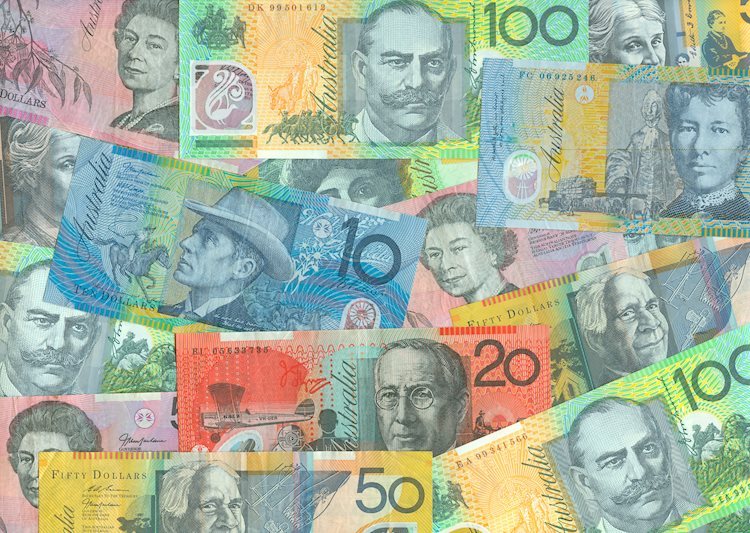The Australian Dollar (AUD) has seen a boost in value following the release of key domestic data, with the TD-MI Inflation Gauge rising by 0.3% month-over-month in October. This increase is up from the previous 0.1% and marks the highest reading since July. The Reserve Bank of Australia (RBA) is expected to maintain the cash rate at 4.35% during the upcoming policy meeting, supporting the Aussie Dollar as underlying inflation remains high. This anticipated hawkish stance from the RBA has strengthened the AUD/USD pair.
On the other hand, the US Dollar (USD) may receive support from safe-haven flow amid uncertainty surrounding the US presidential election results on November 5. The release of weaker-than-expected US October Nonfarm Payrolls (NFP) data has initially weakened the USD. However, traders are now focusing on the upcoming US Federal Reserve (Fed) policy decision, with expectations of a modest 25 basis point rate cut. The current probability of a quarter-point rate cut by the Fed in November is at 99.6%.
In Australia, the ANZ Australia Job Advertisements increased by 0.3% month-over-month in October, slowing down from the previous month’s gain of 2.3%. Despite the weaker growth, this marks the second consecutive month of increases. Additionally, the Producer Price Index rose by 0.9% quarter-on-quarter in Q3, surpassing market forecasts. China’s Caixin Manufacturing Purchasing Managers Index (PMI) for October increased to 50.3, which could significantly influence Australian markets as China is a key trade partner for Australia.
Moreover, the US Bureau of Labor Statistics (BLS) reported that October’s Nonfarm Payrolls only increased by 12,000, falling short of market expectations. The Unemployment Rate remained steady at 4.1% in October, matching the consensus forecast. The US Personal Consumption Expenditures (PCE) Price Index showed core inflation rising by 2.7% year-over-year in September, signaling a resilient labor market, reducing expectations for imminent rate cuts by the Federal Reserve (Fed).
In terms of technical analysis, the AUD/USD pair is testing the 0.6600 level on the daily chart. The pair may find immediate resistance at the nine-day Exponential Moving Average (EMA) at 0.6602, with the next resistance at the 14-day EMA at 0.6625. On the support side, AUD/USD could find immediate support at the three-month low of 0.6536. A break below this level may push the pair towards the key psychological level of 0.6500.
Overall, the Australian Dollar has seen a strengthening trend following positive domestic data releases and the expected hawkish stance from the Reserve Bank of Australia. Meanwhile, the US Dollar may receive support from safe-haven flows amid uncertainty surrounding the US presidential election results. Traders are closely watching key economic indicators in both countries, which could further influence the movement of the AUD/USD pair in the near term.











